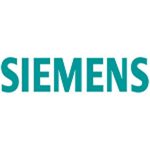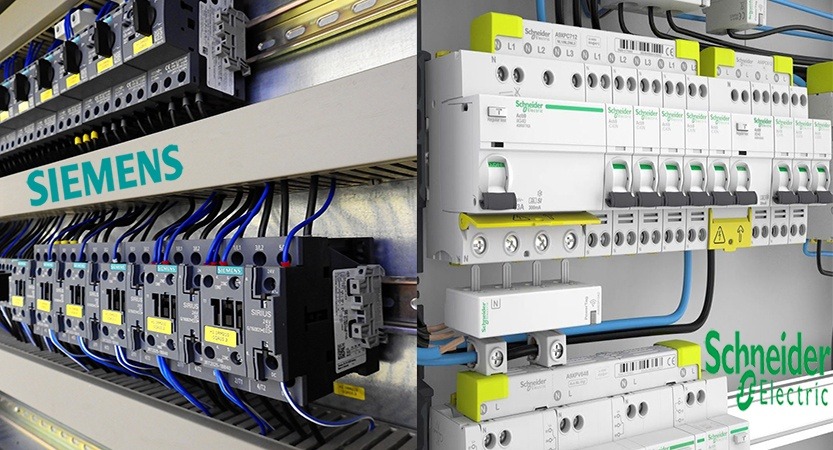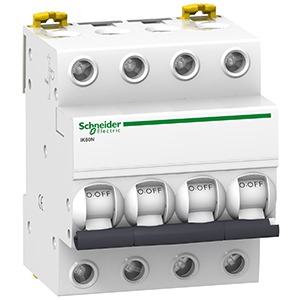Today we would like to talk to you about a very controversial topic in the field of automation and instrumentation. This will be the first article on this topic. We bring you what we consider to be the Apple vs Samsung of Industrial Automation: SIEMENS vs Schneider Electric.
Before we begin, we would like to emphasize that our content is purely informative, based on our own experiences and professional development. We do not receive financial or other benefits from any manufacturer or supplier to give positive or negative criteria. At no point do we try to demean any specific brand as both are great overall.
This article is likely to generate controversy and comments, which we look forward to. I understand that many may even have preferences with some other manufacturer, but if there is something undeniable, it is that these two companies rule the world of Industrial Automation and Instrumentation. Without further ado, we begin!
David vs. Goliath?
Although it is true that we are not going to give a history class, we must place ourselves in context with both companies, know their origins and get a quick and simple idea of how they have evolved from their emergence to the present.
|
Source: Table prepared from data retrieved from the official sites of both companies. |
 |
 |
| Foundation | 1847 | 1836 |
| Industry (emergence) | Conglomerate of Companies | Electric equipment |
| World Divisions |
|
|
| Quantity of employees | 385 000 (year 2019) | 135 000 (year 2019) |
| Approximate annual turnover | 86.800 millions of euros | 27.000 millions of euros |
| Billing relation with respect to the previous year | 5% ↑ | 8.6% ↑ |
| Annual Company Report | Year 2019 | Year 2019 |
For those who wish to delve more deeply into the economic issue of each company, we have left you the link to the Annual Report of each company for the year 2019.
We believe that with these statistics we can get an idea of how each of these companies are doing today.
If you would like to see in the future an article on the detailed development of each of these technological giants from their emergence to how they became what they are today, let us know in the comments.
Beginning lesson…
Which of the 2 companies is the best and why? Well, let me tell you that we have decided to take 5 comparison categories, which, in our opinion, make these companies the best in their field. To bring a logical order, we will enunciate them in order of assembly.
-
Distribution Cabinets:
The distribution cabinets are the rooms where all the electrical devices and protections of our process are located, from there the subsystems that we have installed are distributed. Do you know that box full of levers that is usually in the entrance of our house? Well, there you have a palpable example.
The main quality to choose the right one is the comfort to be able to work within it. That, and the need to choose the correct size, are the fundamental characteristics at the time of selection, since a very large cabinet is useless for a small system and vice versa.
We can see in the following table, equivalent cabinets were selected in each case, a watertight cabinet and a distribution cabinet. Both have similar characteristics but the better quality and the lower price of the Schneider is superior to the SIEMENS offer in this field.
|
Source: Images and data taken from the 2019 catalogs of both manufacturers. |
 |
 |
||||
|
2 rows x 18 modules Watertight Cabinet |
|
|
||||
|
3 rows x 18 modules Distribution cabinet
|
|
|
Make the clarification that the concept of Protection Index (IP) indicates the degree of robustness of an object against solids and liquids. Let’s see the example with the cabinets used:
In the first case an IP65 is indicated, in this case the first digit (6) indicates the resistance of the cabinet against particles and solid objects (sand, dust, etc …), while the second digit (5) indicates the robustness against liquids (usually water).
Hence, now we can understand why the former are good for both exteriors and interiors and the latter only for interiors due to their low IP.
-
Electric protections:
Next, we will make a comparison between the devices designed to prevent the destruction of equipment or facilities and those in charge of avoiding electrocutions, all these articles fall into the category of electrical protections.
First of all, we must quickly know what each of these three devices consist of in order to correctly understand the following table.
- Automatic Switches: The function of these devices is to cut off electricity when an overload (overcurrent) or a short circuit is detected in the system.
- Differential Circuit Breakers: Their function is to cut off the electricity from the grid when they detect a difference between the input current and the output current. In general, this device trips when we have a current leakage, normally earth derivations.
- Magnetothermic Circuit Breakers: Its function is to prevent failure due to overload, phase failure or short circuit of the devices connected to it. They are widely used in applications with motors (motor protection).
|
Source: 2019 catalog of both manufacturers. |
|
|
||||
Automatic Switches |
|
|
||||
Differential Circuit Breakers |
|
|
||||
Magnetothermic Circuit Breakers |
|
|
As we can see in the graph, a comparison is made of the model corresponding to each brand with similar characteristics. We observe a very important point that is the mechanical durability of each device, which consists of how many times it supports (in theory) the assembly and disassembly of the device.
We can see that Schneider equipment continues to provide twice the quality and durability, with considerably lower prices for what SIEMENS offers.
Partial conclusions
So far we can get an idea that clearly Schneider Electric is ahead when it comes to electrical instrumentation. It offers better quality in its equipment, greater variety and solutions, and most importantly when carrying out a project, lower costs without losing quality in the final result.
I think everyone who knows your teams personally will agree with this first conclusion. We invite you to leave your personal experiences and opinions in the comments.
In the next article we will go to the definition of this comparison, where we will be talking about the systems that are most famous among these multinationals, and yes, we will talk about PLCs, HMI (Human Machine Interface) and the programming environments of both (TIA PORTAL and SoMachine).
Remember to subscribe to our Newsletter and let us know what you thought of this first part in the comments and our Social Networks.














